If you’ve done traditional Pilates, you know many of the exercises involve curling forward with the head, neck, and shoulders.
This move is called an ab-curl, and it looks a lot like a crunch exercise.
Undoubtedly, ab-curls will make you feel your stomach muscles, which must mean those muscles are being strengthened, right?
Maybe, but when you take a closer look at the abdominal muscles, especially the one with a starring role in an ab-curl, the function of this move becomes questionable.
Our ab-curl star is none other than the 6-pack muscle, AKA the rectus abdominis. It’s a long, thin, flat muscle located on the front of your torso.
It attaches to the front of your ribs and runs down your abdomen, where it attaches to your pubic bone.
This muscle pulls your ribs forward toward your hips and vice versa.
You need it to get up and down and to go from sitting to standing. So it’s essential, for sure.
But sometimes, this abdominal star takes over, leaving out other vital core players. When this happens, you can wind up creating all kinds of problems like neck or back pain in the most common cases, or even hernias, diastasis recti, and pelvic floor dysfunction in the worst cases. All this can be yours instead of the desired goal of core strength.
I know how much people LOVE the burning abs they get with an ab-curl, and the next day, that instant reminder of yesterday’s intense workout every time they laugh—or try to laugh!
If you’re one of those burning-ab lovers, I totally get it, and that’s why I’m excited to show you how to get WAY more out of your ab-curl.
The technique you’ll learn in this video helps ensure your deeper core muscles are playing their parts too.
I’m curious to hear how adding this technique into your ab-curl goes. Let me know in the comments below.
With lots of love and length-tension,
Sydney

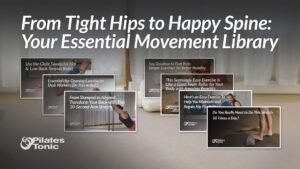
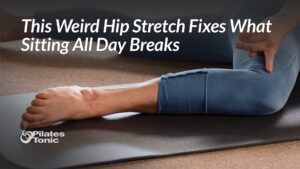

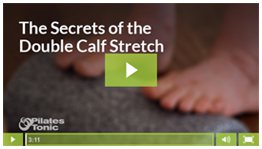

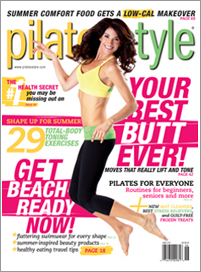
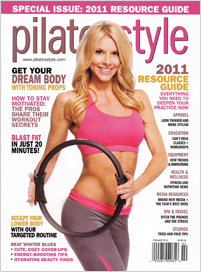
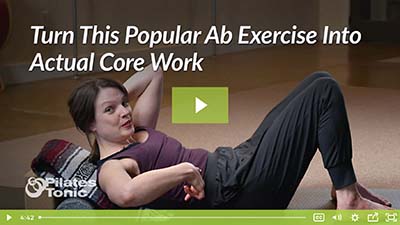
4 Responses
Wow! You have a fantastic way of describing each stage of the stretch, which is extremely helpful when trying to engage my core and releasing into the stretch. Thank you so much!
Thanks for sharing, Karen! I’m so glad the description throughout the exercise was helpful!
Hi Sydney,
Thanks for all your great videos. I had a simple question – Right cueing technique to brace your core especially while doing ab exercises.
Hi Josephine, I like to cue a soft, open jaw exhale from the back of the throat to find the abdominals. This type of exhaling naturally activates the low abdominals. You can exhale this way through the nose, too; but sometimes it’s easier through the mouth at first. Thanks for your question!